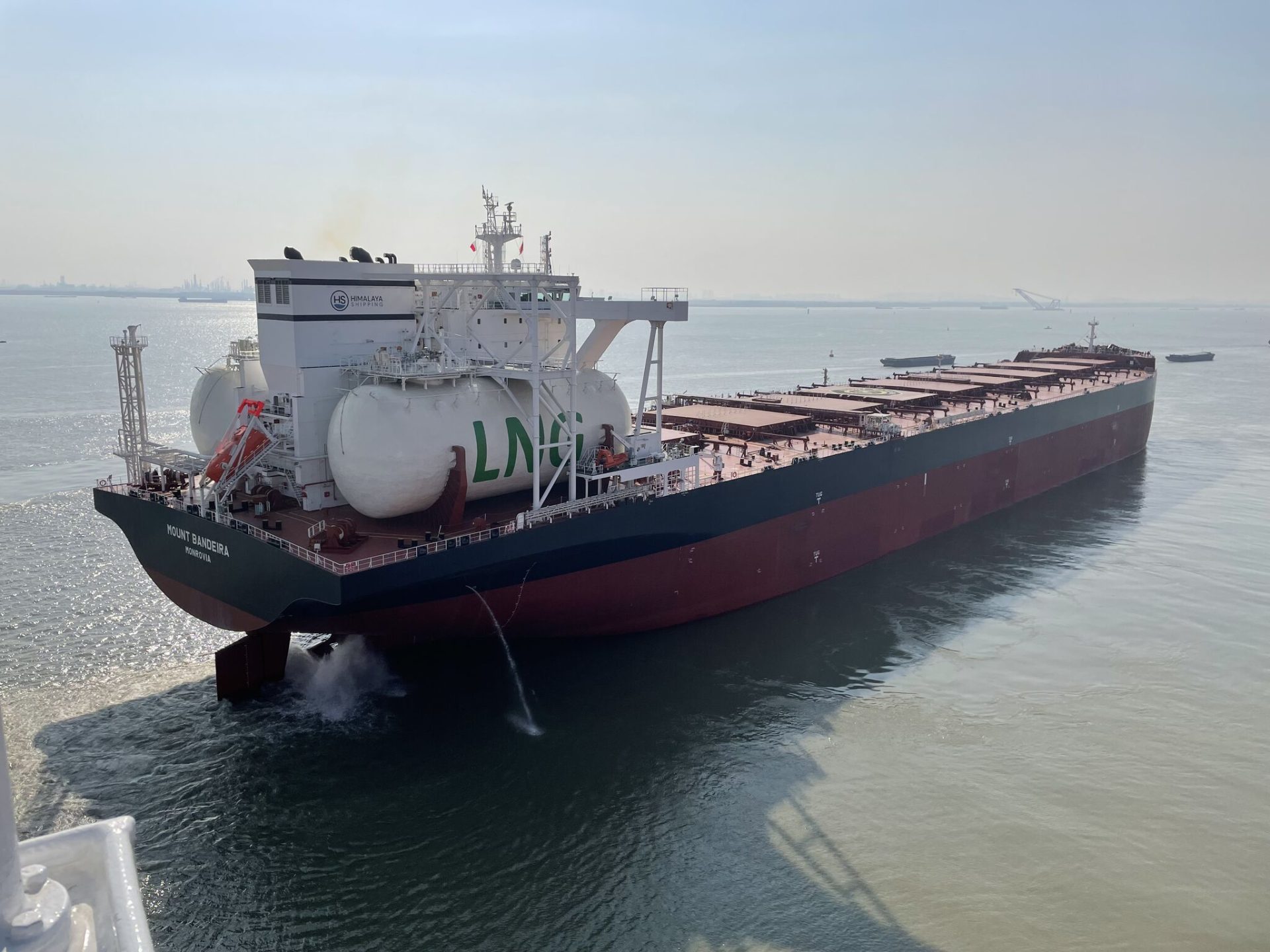LNG-powered bulker owner Himalaya Shipping achieved average time charter equivalent earnings of about $32,100 per day in April.
The shipping firm said in a commercial update that the average time charter rate includes average daily scrubber and LNG benefits on nine vessels of about $2,600 per day.
Tor Olav Trøim’s Himalaya said its four vessels trading on fixed time charters earned about $33,100 per day, gross, including average daily scrubber and LNG benefits on three vessels.
The company’s six vessels trading on index-linked time charters earned about $31,300 per day, gross, including average daily scrubber and LNG benefits.
The Baltic 5TC Capesize Index averaged $20,034 during April.
In March, Himalaya achieved average time charter equivalent earnings of about $34,300 per day.
Charters converted
Himalaya took delivery in January of three 210,000-dwt Newcastlemax LNG dual fuel newbuildings from China’s New Times Shipyard.
Last month, Himalaya also took delivery of Mount Denali.
Following these deliveries, the company now welcomed 10 of twelve vessels from New Times.
Himalaya said on Wednesday it has agreed to convert the index linked charters to fixed charter rates for Mount Blanc and Mount Neblina from May 1, 2024 to June 30, 2024 at an average rate of $37,275 per day plus scrubber premium according to the terms of their existing time charter agreement.
From May to June, five of its vessels will earn an average of $33,819 per day, gross, while one vessel will earn about $40,810 per day during July-December, according to Himalaya.
These vessels will continue to earn scrubber premium according to the terms of their respective existing time charter agreements.
“In light of the improved market conditions and the final two ships scheduled to be delivered in June, we have decided to increase the dividend for April 2024 to $0.04 per share,” CEO Herman Billung said .
“It is the expectation of the company that with the delivery of our last two ships and if market conditions continue to improve, the company should benefit from increased cash flow, and with no further investment plans, it is the intention of the company to return excess cashflow to shareholders through increasing dividends,” he said.

